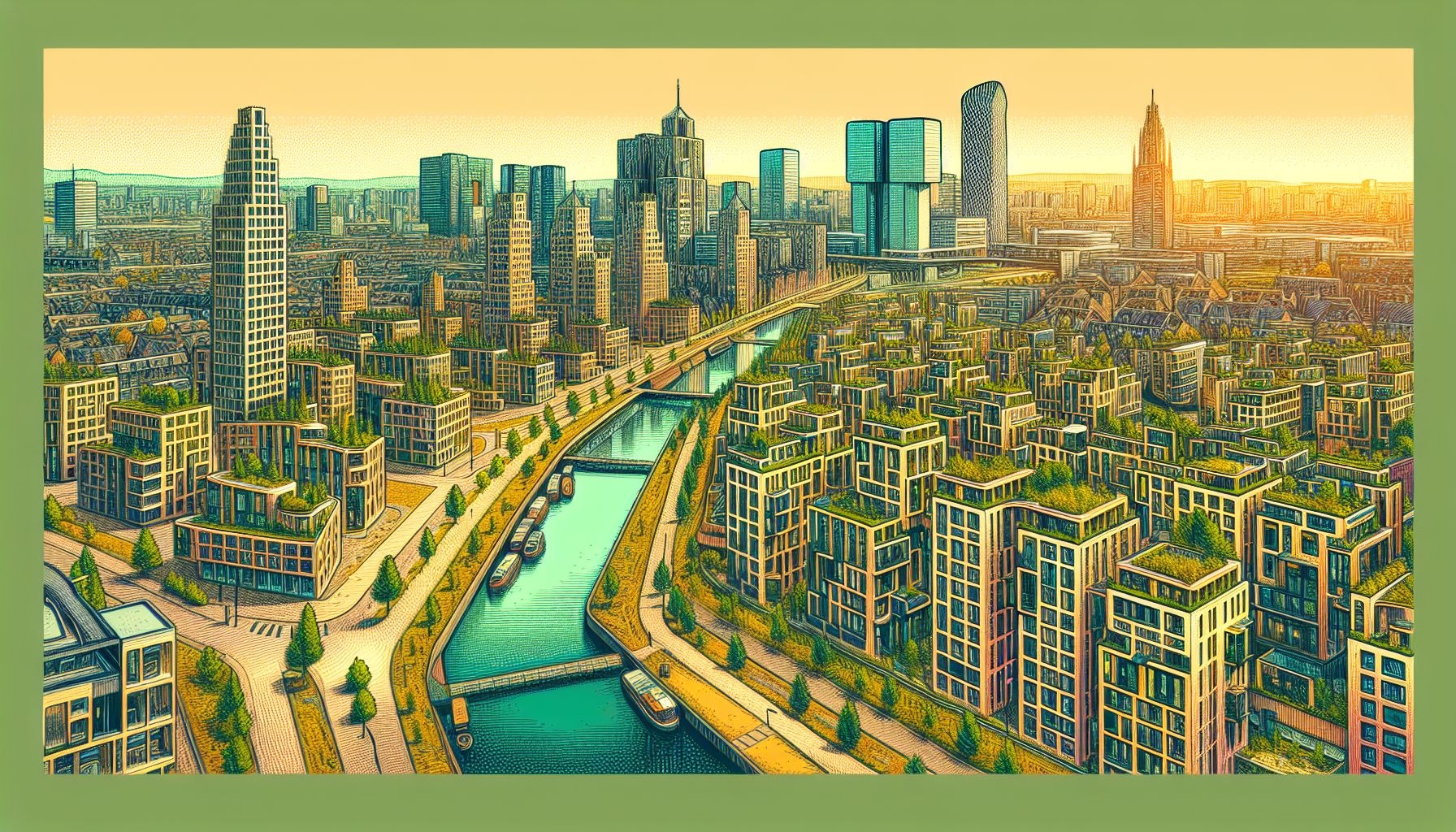Eindhoven Leads the Way in Green Building for a Sustainable Future

Eindhoven, Wednesday, 1 January 2025.
Eindhoven is innovating with eco-friendly building practices to enhance urban sustainability and combat climate change, setting a benchmark for sustainable city planning in the Netherlands.
Nature-Inclusive Building Strategy
The city of Eindhoven has implemented comprehensive climate-robust building regulations since 2019, focusing on nature-inclusive development and sustainable water management [1]. This innovative approach includes mandatory water storage requirements for all types of buildings and promotes biodiversity through various technical installations [1]. The initiative demonstrates how urban areas can effectively address climate challenges, particularly important as cities account for approximately 70% of global greenhouse gas emissions [3].
Practical Green Solutions
Eindhoven’s strategy encompasses multiple practical solutions for sustainable building. These include the installation of nesting stones for birds on north-facing walls, bat boxes on southwestern facades, and insect hotels in sheltered locations [1]. Additionally, the city promotes green roofs, living walls, and rain gardens to enhance biodiversity and improve urban climate resilience [1]. These measures are particularly crucial as urban heat islands can cause cities to be up to 5°C warmer than surrounding areas [3].
Water Management Innovation
A key component of Eindhoven’s sustainable building approach is innovative water management. The city has implemented systems such as wadis (water retention and infiltration facilities) and rainwater ponds to manage increasing rainfall intensity and combat drought periods [1]. This approach aligns with global urban sustainability goals, as cities worldwide are recognized as key areas for carbon-neutral actions due to their role as major settlements and economic growth engines [3].
Future Impact and Global Context
Eindhoven’s initiatives are part of a broader global movement toward sustainable urban development. These efforts are particularly significant as the built environment sector globally aims to meet net-zero carbon targets by 2030 [3]. The city’s approach to green infrastructure demonstrates a systematic strategy that considers the interconnectedness of green spaces to offer long-lasting solutions for climate and urban challenges [5]. This holistic approach to sustainability could serve as a model for other cities working to enhance their climate resilience.

